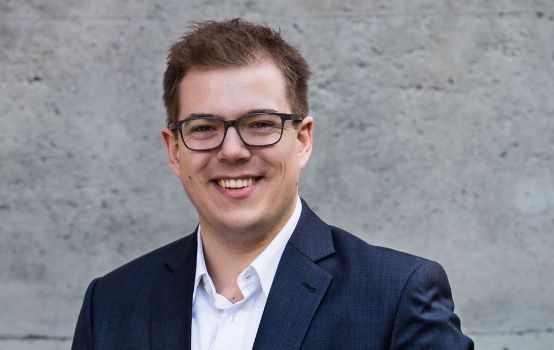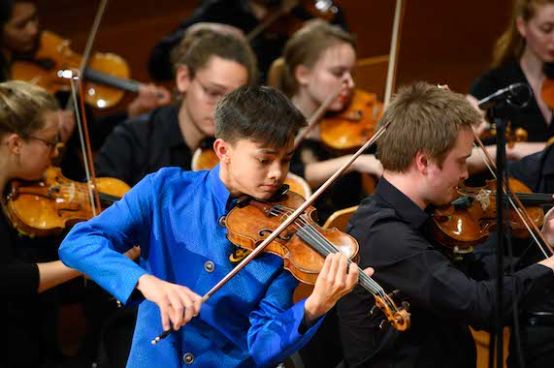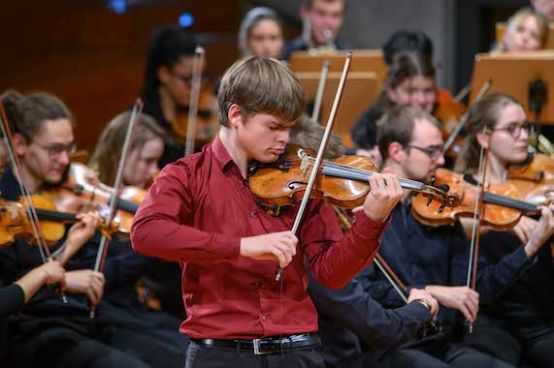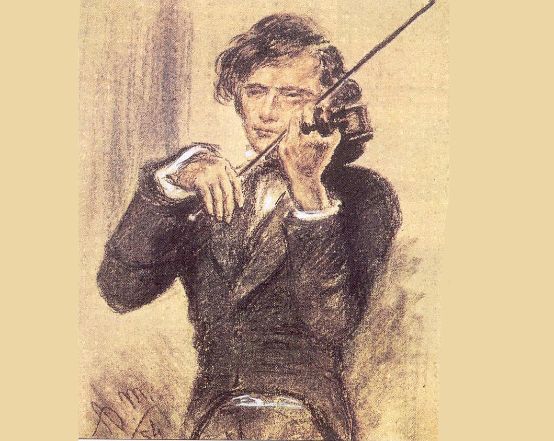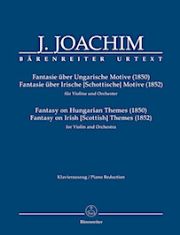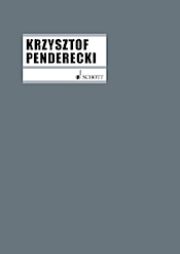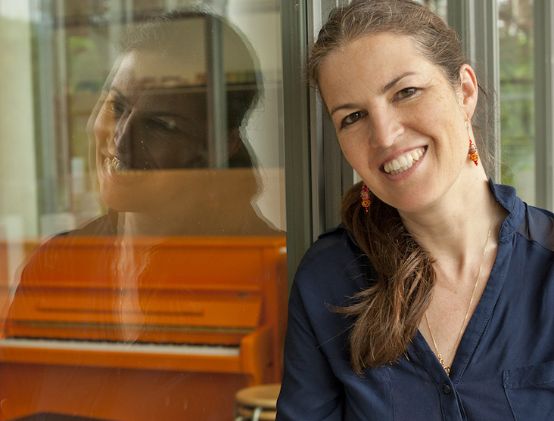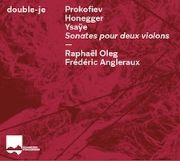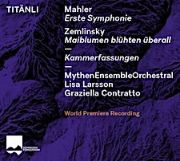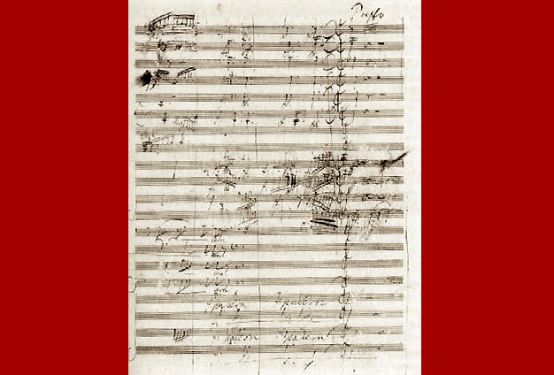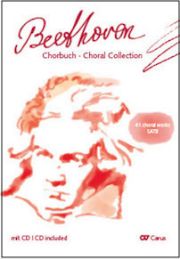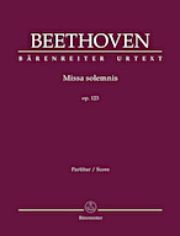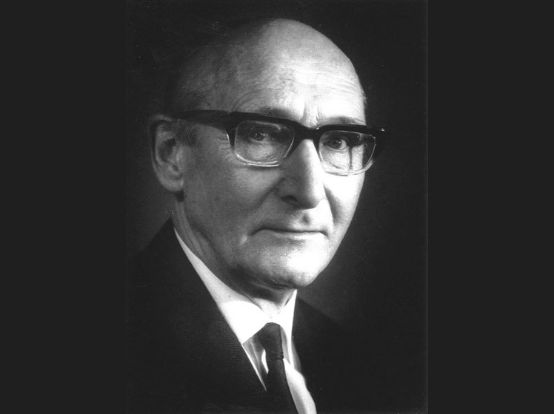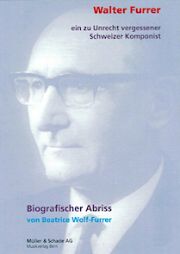Swiss cultural policy is discussed, coordinated and further developed in the National Cultural Dialogue (NKD), consisting of representatives of the political authorities and cultural promotion bodies of the cantons, cities, municipalities and the federal government. The committee was established in 2011 in response to changing socio-political conditions, such as globalization, digitalization and demographic change, and their impact on cultural life, cultural policy and cultural promotion.
This handbook contains an initial assessment of its work in three parts: An examination of the term "cultural participation", a discussion of existing offers and fields of action, and approaches for strengthening participation in the future. In 33 contributions by appointed experts from the cultural sector, these areas are examined from different perspectives in three national languages. The handbook is clearly structured, provides both conceptual discussions and concrete examples and is supplemented by an extensive bibliography. The individual articles are preceded by short summaries.
Strategic axis of action
The Federal Council has defined cultural participation as one of three strategic axes of action in the 2016-2020 Cultural Dispatch. According to David Vitali from the Federal Office of Culture in his article, it has been positioned as a cross-cutting task of national cultural policy, which makes it easier for the federal government to exert influence without infringing on cantonal cultural sovereignty. The federal government's increased involvement in cultural policy is no coincidence. Vitali cites various legal requirements that are both a legitimation and an obligation for the Federal Council. These include Art. 27 of the UN Declaration of Human Rights on the freedom of cultural life; however, Art. 9a "Cultural Participation" of the Cultural Promotion Act (2009) and Art. 67a "Musical Education" (2012), which builds on this, also contain clear mandates for the federal government to become active in the cultural field.
Strengthen identity
The position paper of the NKD working group on cultural participation in the appendix of the handbook provides fundamental information on the topic, the starting point and the definition of the term. It places cultural participation on the same level as political, economic and social participation and sees it as part of "a multi-layered, interlinked, dynamic and therefore not conclusive process" (p.355). The opportunities for participation should be increased and diversified separately in each of the four areas so that - according to the thesis - they can in turn interlock better.
Participation stands for the involvement of the population in cultural life in our country, creates identity, contributes to "inclusion and cohesion" and is intended to counteract "polarization in society". It is therefore in the best interests of the state and society that as many people as possible participate in some form of culture, develop their own cultural identity and thus contribute to the country's diversity.
Kulturelle Teilhabe - Participation Culturelle - Partecipazione Culturale, ed. Nationaler Kulturdialog, Seismo Verlag, Zurich and Geneva. ISBN 978-3-03777-198-3
The book can be downloaded free of charge as a PDF from the websites of the Federal Office of Culture and Seismo Verlag: Download or order
